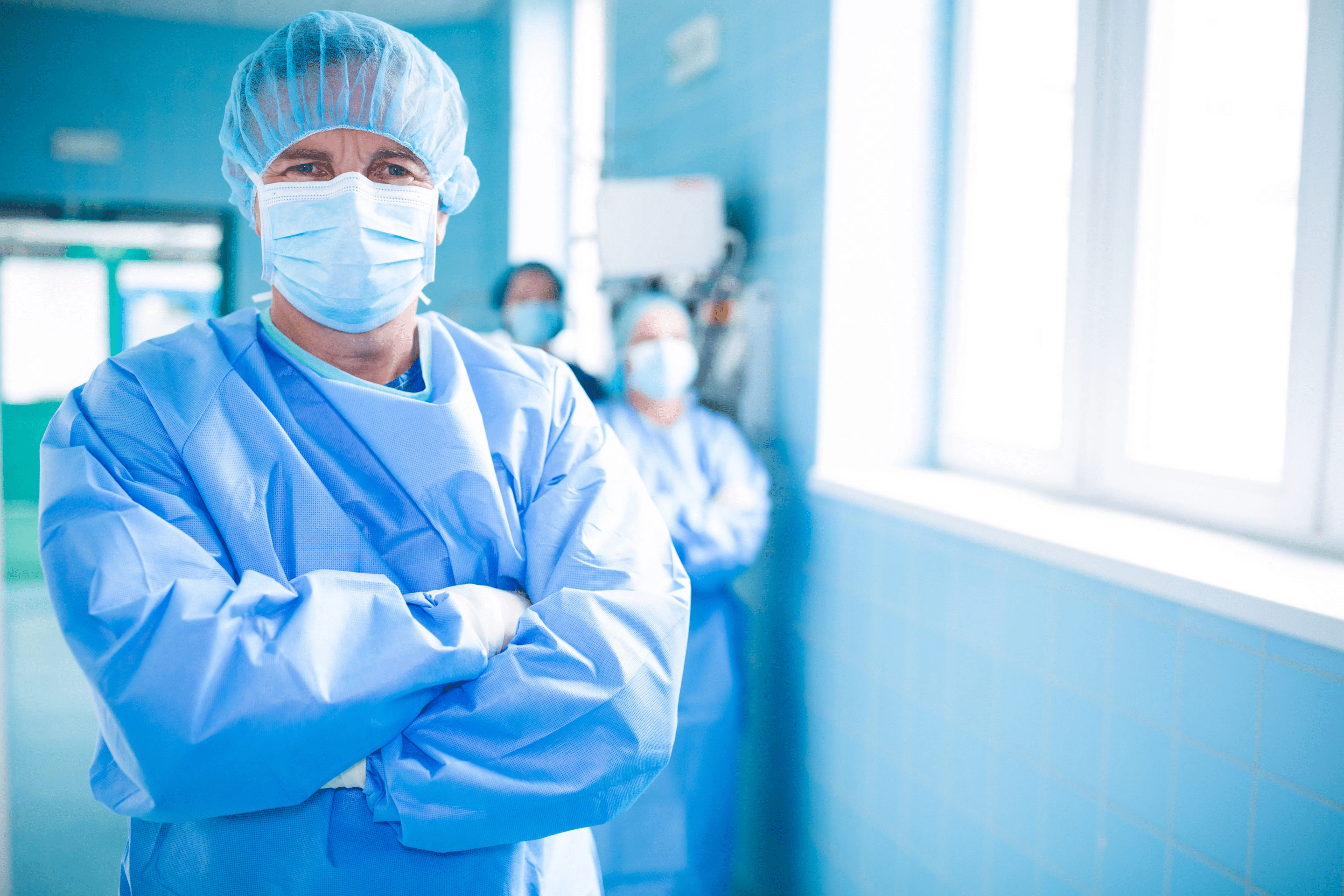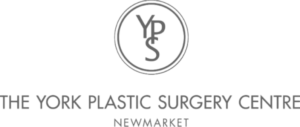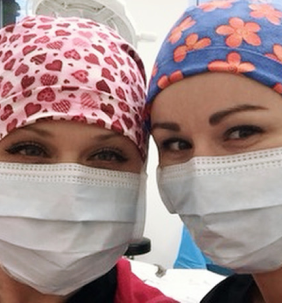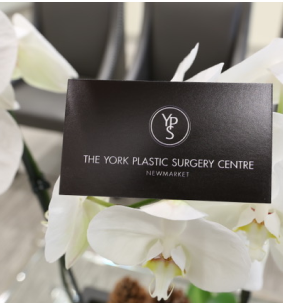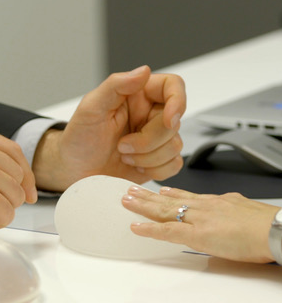Anyone doing research about breast implant surgery will encounter advertisements that seem too good to be true, such as bloodless breast augmentation, no-scar technique, 24-hour recovery, or best breast implant surgeon. My personal approach, and the overall goal of all staff at The York Plastic Surgery Centre, is to provide frank, honest advice about breast implant surgery so patients can make an informed decision about whether to have surgery. I will offer my point of view on all of these trends.
Bloodless surgery
Breast implant surgery is usually associated with low blood loss, but certain techniques can further minimize bleeding. I always make the breast implant pocket using a fibreoptic-lit retracting device under direct vision so any blood vessels encountered can be cauterized before they bleed (a technique called prospective hemostasis). Blood loss is minimal (often less than 10ml), and drains are not required. However, the term “bloodless technique” may be misleading since it suggests that there is no bleeding at all. Even the smallest scratch on a person’s skin bleeds a little, so I avoid using this terminology. Also, even if great care is taken to minimize bleeding during surgery, a blood vessel can potentially bleed afterward and cause a hematoma (blood clot) in the breast. Further surgery might be necessary to evacuate the hematoma. In my practice, this complication is uncommon and happens less than 1% of the time, but I feel patients should be properly advised of the risk.
No-scar technique
In most cases, the scar after breast augmentation surgery fades and is inconspicuous, but it is not possible to guarantee scarless surgery. Rather, I take several steps to minimize the risk of keloids or thick (hypertrophic) scars:
- Meticulous surgical technique, with gentle tissue handling
- Hiding the scar in natural creases or contours whenever possible (such as the fold under the breast)
- Minimizing the length of the scar by using an insertion sleeve (eg. Keller Funnel) to insert the implant through a relatively small incision
- Layered closure of the wound to minimize tension on the skin
- Use of dissolving sutures that contain a built-in antibiotic. This helps to avoid “spitting stitches” (suture abscesses) can lead to increased scarring.
- Wound tapes (such as Steri-strips) to take tension off the wound while it is healing
- Providing all patients with a complimentary tube of medical-grade silicone scar gel to promote scar maturation
24 hour recovery
We aim to provide excellent care and postoperative follow-up so our patients recover quickly. Most patients feel well within a few days of surgery and are back to light work within a week. However, claims that a person will recover fully a day after surgery are simply untrue. No surgical technology exists to make wounds heal this quickly. If people over-exert before their tissues are healed, they are more likely to suffer complications like bleeding, infections, and delayed wound healing. In my opinion, it makes more sense to gradually return to full activities over about 4-6 weeks. If you have invested significant time, energy and funds into having breast augmentation surgery, you might as well do everything possible to maximize the results!
It is important to do your research prior to deciding to have breast augmentation surgery, have several consults, and then choose an experienced surgeon who will personally take the time to explain the operation, potential risks, and anticipated results. Dr. Andrade at The York Plastic Surgery Centre performs hundreds of breast augmentation procedures yearly (one of the top implant clinics in the province by volume). We provide straightforward advice without any pressure to actually book surgery and recommend all patients come for at least two appointments to try on implant sizers before their surgery date.
